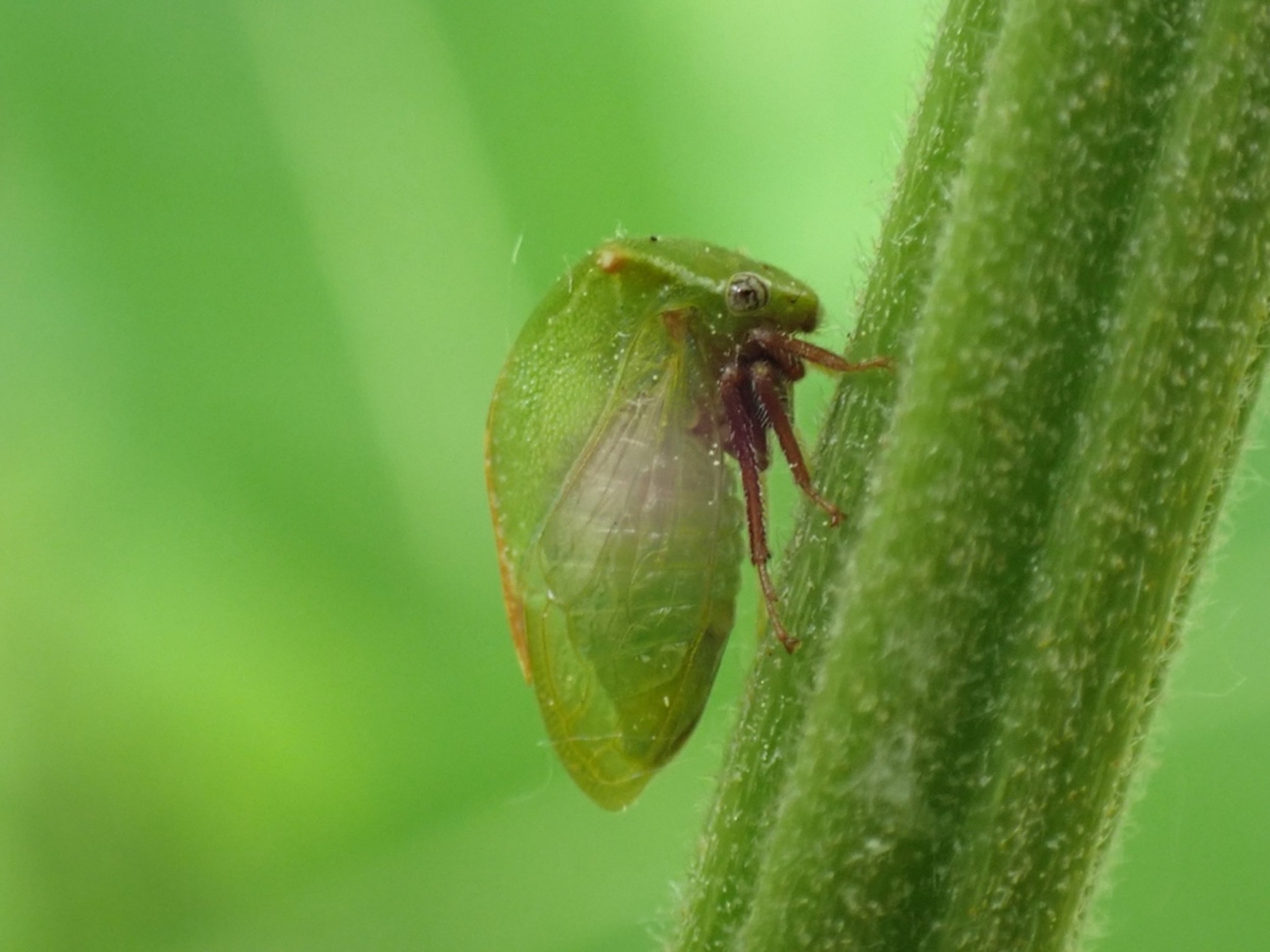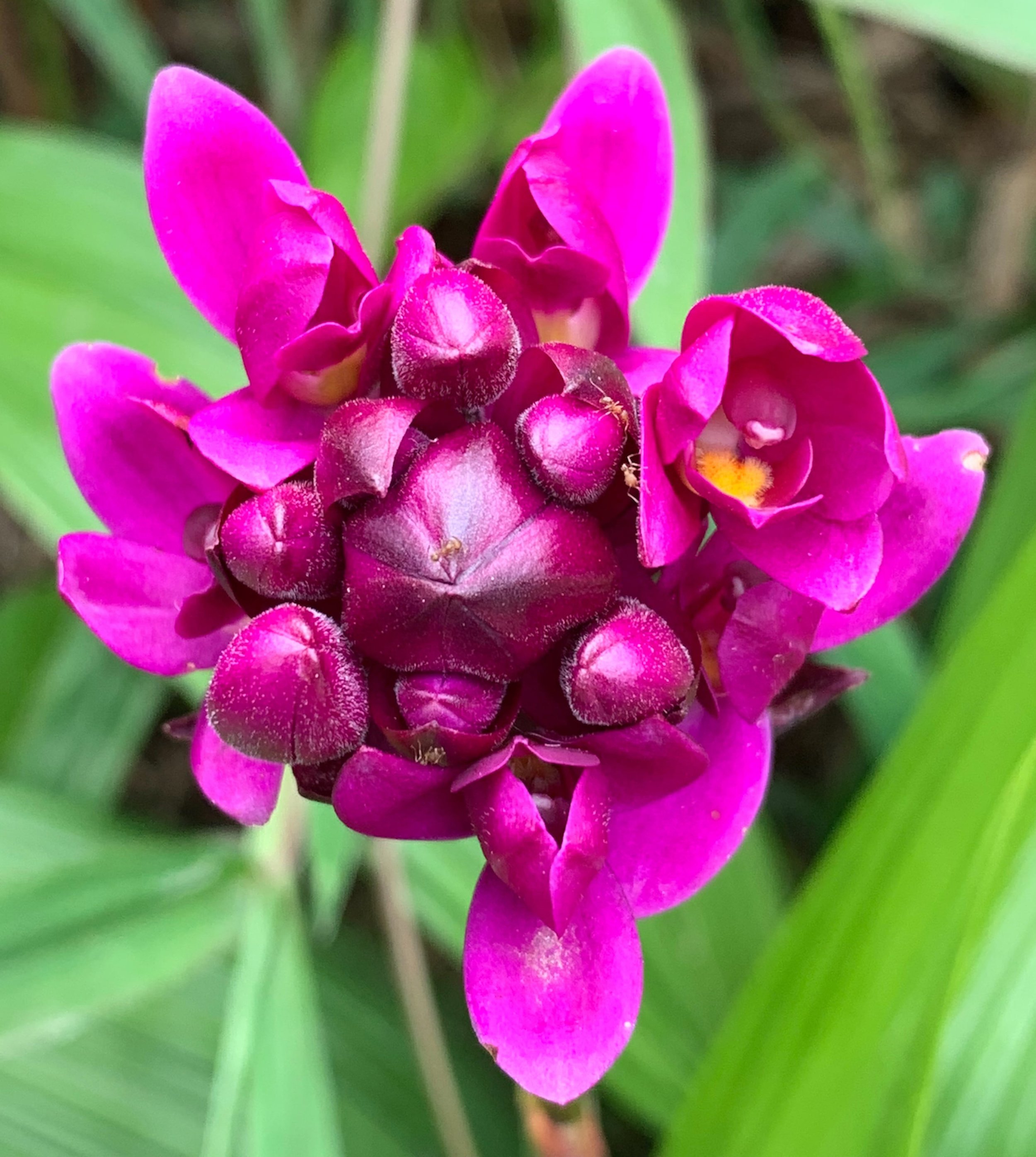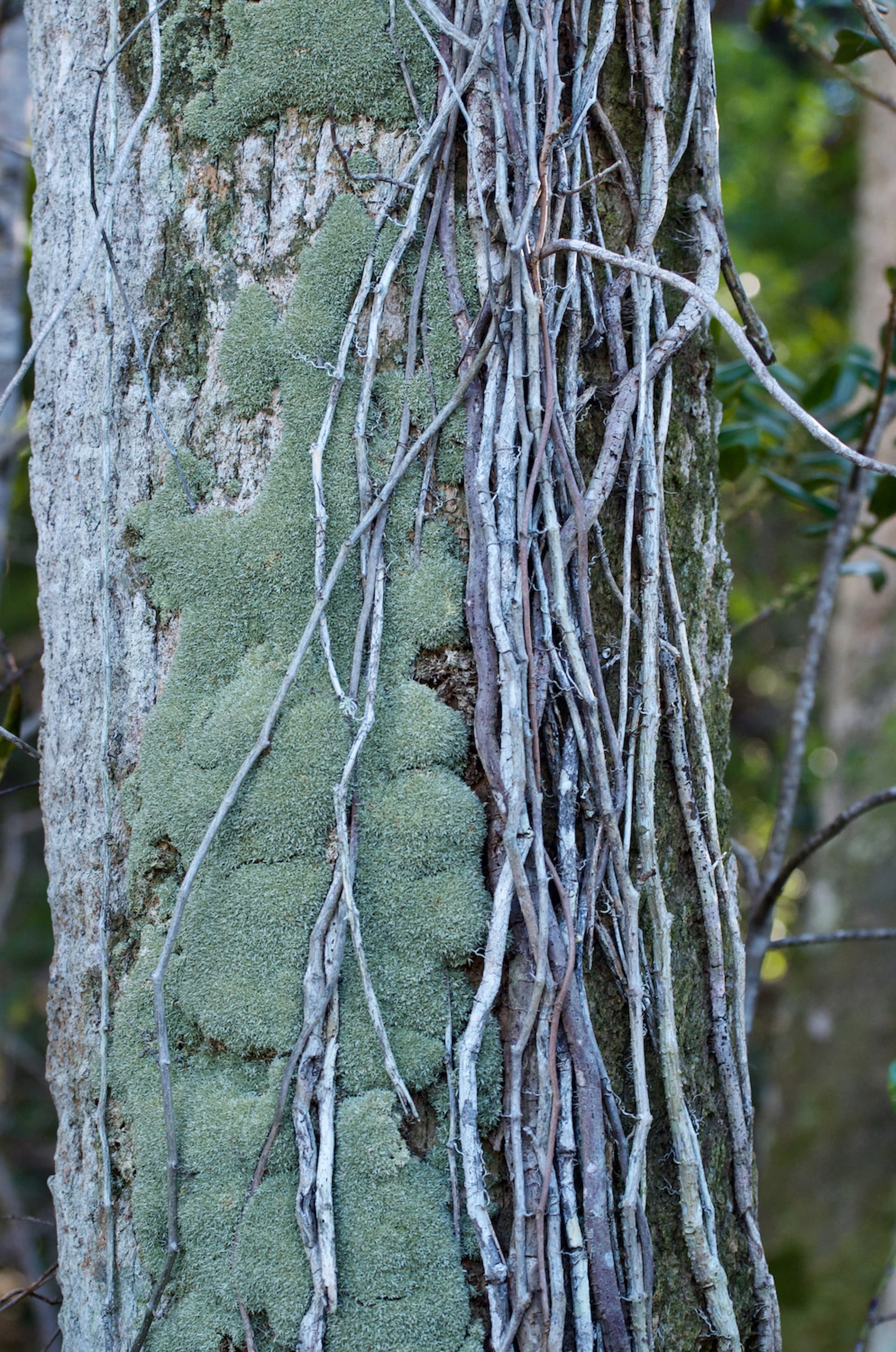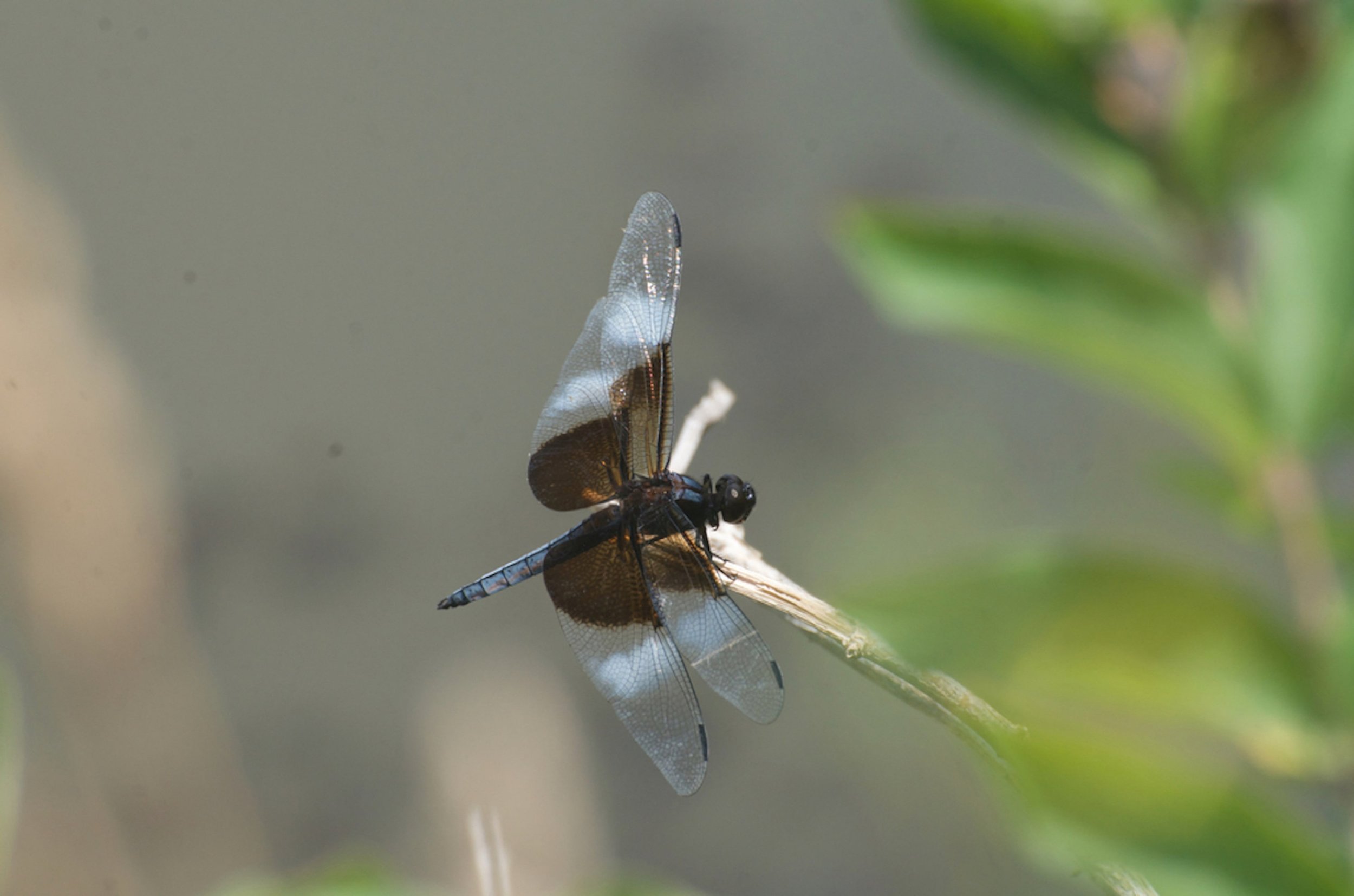10 Questions with Max Cavitch
Max Cavitch is a landscape, nature, and macro photographer who lives in Philadelphia, where he is also a teacher and a writer. Since 2019, he has been a contributing photographer for the public-science project iNaturalist, with over 2000 observations of flora and fauna to date. His illustrated article about iNaturalist—“A Solitary Executioner Clown Frog Wants You to Know She Exists”—appeared in The Journal of Wild Culture in May 2020. His other recent photo essays include “Life on the Delaware; or, Comings and Goings in the Riparian Zone,” which was published in Politics/Letters Live in April 2021. A budding amateur geologist, his studio portraits of various geological specimens are collected on his Instagram page.
Max Cavitch - Portrait
ARTIST STATEMENT
In his photography of the natural world (and in his related writing), Max Cavitch seeks to foster a more intimate mode of relating to non-human beings. Accustomed to species-oriented thinking, humans tend to lose track of the individuals that constitute those abstract categories. Cavitch’s work proposes that we ask not just “What of the Spruce-fir moss spider?” or “What of the African baobab tree?” but also “What of this particular Spruce-fir moss spider?” and “What of this individual African baobab tree?” His work asks: Can we recognize the members of a given species as individual beings with their own distinct place in the world, their own sensorium or consciousness, and their own relationship to the photographer/viewer? The online forum for most of Cavitch’s photographic work in this area is the public-science project, iNaturalist, where each image, or “observation,” records an encounter with a particular organism in its proper (i.e., non-domesticated, non-cultivated, non-captive) state. Basic metadata (date, geolocation, altitude, etc.) are captured automatically, and further information about the photograph and its subject can be entered manually. Cavitch believes that these observations are an especially viable and scale-appropriate ecopoetic form for the expression of trans-species attachment and loss. His own artistic practice has helped him to experience and record each new encounter as a unique, intersubjective event, and he hopes that his work will prompt viewers to ask themselves what it means to be an individual human living in relation to individual non-human others, however different their lived experiences might be.
Green Mood © Max Cavitch
FEATURED IN AL-TIBA9 ART MAGAZINEs
INTERVIEW
When and how did you start getting involved with photography?
My romance with photography began at a very early age. I started out with my parents’ Kodak Instamatic and quickly advanced to my father’s old Argus C3. I had no access to a darkroom back then, so each roll of film had to be taken to a camera store for processing and printing. Each time I’d pick up a new batch, I didn’t know what to expect: Were my exposure settings accurate? Did I cut anyone out of the frame? Did someone blink or move their head too quickly? Some of the surprises were delightful, others dismaying. But, because each snap of the shutter cost money, I did my best to learn my craft—first, behind the camera, and later in the darkroom: choosing paper, mixing chemicals, burning, dodging, masking, and all the other techniques of the analog world. At Yale, I decided to major in English, but I also studied graphic design and learned, among other things, to make photograms like Man Ray and Imogen Cunningham produced in the 1920s and 30s. College was also a great place to practice portraiture since everyone was young and beautiful and wanted to have their picture taken. I continued to take pictures, even as my career path led elsewhere. Once I’d finished graduate school and gotten my first real job (as an English professor), I had enough money to switch from analog to digital. I continue reveling in the freedom of experimentation it makes possible. A longtime Nikon user, I continue to rely on their superb bodies and lenses, and I no longer develop in the darkroom but in Lightroom.
Psyche’s Nectar © Max Cavitch
What for you is the most enjoyable part of your art?
Technically speaking, I take great pleasure in composition. At university, I studied graphic design as well as photography, and I found the former to be a great supplement to training in the latter medium. This was before the days of computer-aided design, so we had to create and adjust everything by hand: line weight, typographic balance, use of white space, etc. This more direct, manipular relation to the visual field carried over to my work as a photographer. Both in the framing of the shot itself and in the editing and cropping process, I do my best to achieve a dynamic relationship between all of the image’s compositional elements, including points, lines, spaces, and—perhaps especially—textures. I work a great deal in the field with abstract textural composition, often by seeking out large clusters of vegetation (tall grasses and trees, for example) and using longer lenses and narrower apertures to fill the frame with complex, intertwining stems and branches to achieve a flatter, more canvas-like and painterly effects.
The other most enjoyable aspect of photography for me is the opportunity to explore wild and semi-wild places—to be outdoors, in meadows, forests, deserts, wildlife preserves, riparian zones, and large parks, such as Philadelphia’s vast Fairmount Park (one of the largest urban parks in the U.S.), which encompasses old- and new-growth forests, rivers and streams, vast fields of wildflowers, large rock formations, and deep woods, along with countless varieties of plants, animals, and fungi.
You also work as a teacher and writer. How do these different sides of your personality influence each other?
Being a teacher and writer means that I’ve spent a lifetime cultivating two things: habits of attention and devotion to craft. Writing is, like photography, a rigorous practice of composition. And I love to combine text and images. Illustrating my own texts with my own images is very gratifying. A recent example is my essay, “Life on the Delaware; or, Comings and Goings in the Riparian Zone.” Incorporating found images, too, is an authorial practice I deeply admire, which is why I’m such a huge fan of writers like Roland Barthes and W. G. Sebald.
Beautiful Invader © Max Cavitch
Remains of a Meal © Max Cavitch
Let’s talk about your photos. You state that with your work, you seek “to foster a more intimate mode of relating to non-human beings.” Can you explain to us what it means?
Because it’s now possible to capture, edit, store, and display virtually unlimited numbers of high-quality photographs at very low cost, photographers like myself are much freer to create portraits of individual non-human beings. For example, on a nightwalk in Ecuador a few years ago, I photographed a number of Executioner clownfrogs, each one of whom had their own distinctive characteristics, their own unique sensorium or consciousness, and their own particular place in the world. Instead of feeling financially constrained to get just one good shot of a “representative” member of that species, I felt free to photograph every Executioner clownfrog I encountered, over and over, until I had a satisfying shot of each one. This meant spending a certain amount of time with each individual frog, learning how to approach them, observing the differences in their behavior, and getting a feel for their particular surroundings. I experience such encounters as unique and meaningful. They help me to think not only in terms of species but in terms of individuals—individuals I’ve “met,” on some level, and spent time with.
I believe that the further expansion of this sort of photographic practice has the potential to alter humanity’s still highly species-focused relation to non-human others. By practicing “wildlife portraiture,” rather than conventional “wildlife photography,” I believe that more and more of us could learn to think of ourselves as individual beings living in relation to many other individual non-human beings. This wouldn’t (and shouldn’t) mean more anthropomorphic projection on our part; that would just end up re-affirming our own, often brutal ideology of neoliberal individualism. But what it could mean, instead, is the emergence of a much more comprehensive ethos of intersubjectivity, extending far beyond exclusively human notions of relationship, kinship, difference, and commonality.
Curiosity © Max Cavitch
How much do you think art can have a long-lasting impact in the discourse around those themes?
Not enough. But that doesn’t mean it can’t help. Photography—along with other high-impact, mass-mediated visual forms—can serve as powerful reminders of the urgent need to accept the responsibility we have to our non-human neighbors to preserve and enhance their lives and habitats, not just our own. Ultimately, we’ll live or die with them. Only radical, worldwide techno-industrial and socioeconomic changes can possibly prevent our collective demise. Art can at least help remind us of that fact by keeping our non-human neighbors directly in view.
Where do you find inspiration for your work and what is your creative process like?
Inspiration comes from my surroundings, whether they’re far-flung places like the Ecuadoran cloud forests and the deserts of Southern California or ordinary settings close to home: urban parks, vacant lots, bridges, riverbanks—even the views from my own rooftop. My creative process involves, chiefly, paying close attention to what’s around me—letting the natural features and (mostly) non-human inhabitants of a place show me what’s interesting and important; attempting to see the world from non-human points of view; and lingering, rather than rushing through, wherever I happen to be, because there’s always something visually interesting going on, wherever you are.
Riotous © Max Cavitch
Mosses and Vines © Max Cavitch
How did you develop your style? And what were your influences and references?
To the extent that I have a particular “style,” it has developed organically over time. I think what we call “style” is, essentially, the traces of one’s experiences. Of course, without trying to imitate them, I’ve been influenced by the work of many great photographers, among whom some of my favorites are: Arbus, Beaton, Cartier-Bresson, Newman, Salgado, and Stieglitz—and of course many great landscape and nature photographers, including Adams, Aldridge, Gore, Lanting, Marom, Rowell, Simard, and Vitale, as well as my own macro-photography guru, Matthew Parr.
Diaphanous © Max Cavitch
What are you working on now, and what are your plans for the future in terms of new projects?
I’m working on a new book of portraits, called Behind Everything. Inspired by the work of photographers such as Matthew Leifheit, Brea Souders, and Katerina Zapolska, and by painters including Sabine Liebchen and Chow Chun Fai, these “derrière-garde” portraits are taken from behind. Behind almost everything is what the philosopher David Wills calls its “dorsality.”[1] This portmanteau term means, most simply, the condition or quality of what pertains to the back. It refers to whatever doesn’t pertain to the front, or the face. It’s the behind, the obverse, the reverse, the tail, the rear, the wake, the trail, the train, the appendage—whatever isn’t in front or to the side. My book is about being behind everything, about being a photographer taking his subjects from behind, in order to see what’s often overlooked there.
Finally, do you have any upcoming shows or collaborations you are looking forward to?
I continue, as always, to contribute new photographic observations to the public science project, iNaturalist. Also, some of my recent photographs will be part of the exhibition, “Street Photography,” at the Blank Wall Gallery, which runs from January 13-25, 2023.


























